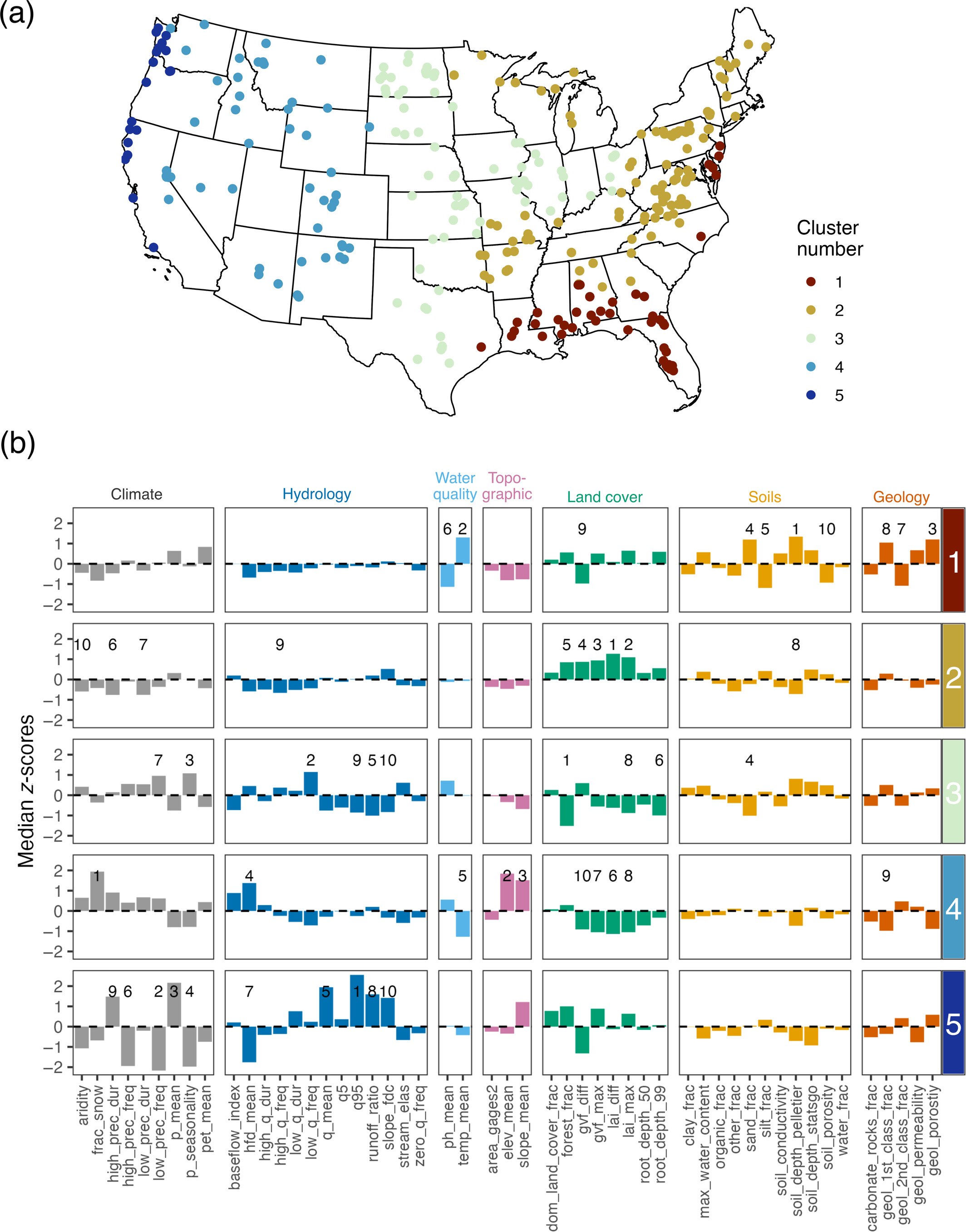"Understanding solute export dynamics can inform water quality management and conservation efforts, helping to mitigate the impacts of human activities on aquatic ecosystems."
Understanding Solute Export in Minimally Disturbed Catchments Across the USA
Posted: January 6, 2026

Solute export to streams presents a complex challenge due to the varied nature of catchments. Solute export patterns across the contiguous USA published June 2024 in the open access Hydrological Processes provides new insights by analyzing concentration-discharge (C–Q) relationships in minimally disturbed catchments across the contiguous USA. Minimally disturbed catchments experience little to no human intervention, such as urban development or intensive agriculture, allowing natural processes to dominate. This research highlights the intricate dynamics of solute export and offers valuable benchmarks for evaluating changes in more disturbed environments.
The study uses paired C–Q data for 11 solutes from the CAMELS-Chem database, which includes catchment and hydroclimatic attributes from relatively undisturbed catchments across the USA. By employing Bayesian segmented regression, the researchers quantified threshold responses in the C–Q relationships. These thresholds reflect shifts in solute export dynamics, providing a deeper understanding of how different solutes behave under varying flow conditions.
The authors noted, "C–Q relationships with threshold responses were relatively rare compared with other studies in more intensively disturbed catchments." This rarity suggests that urbanization and agricultural practices significantly alter solute pools and transport pathways, thereby affecting C–Q relationships. In contrast, the minimally disturbed catchments studied here show fewer threshold responses, indicating more stable solute export patterns.
The research also reveals solute-specific ranges of C–Q metrics across the contiguous USA, supporting the hypothesis that vertical solute-source distributions in catchments are shaped by solute characteristics, such as solubility. These characteristics determine the mobilization, transport, retention, and ultimately the export patterns of solutes. For instance, solutes predominantly sourced from bedrock exhibit diluting C–Q responses in a significant portion of catchments, while those sourced from soils show more enrichment responses.
Geographic location, catchment attributes, and hydroclimatic factors contribute to the observed C–Q patterns. Establishing strong links between these attributes and solute export posed a challenge due to the coarse scales at which the CAMELS attributes were developed. The authors pointed out, "Both geographic location and catchment and hydroclimatic attributes contributed to C–Q relationship patterns for some solutes; however, we struggled to establish strong links to attributes."
This study's findings hold particular relevance for communities living near rivers and streams. Understanding solute export dynamics can inform water quality management and conservation efforts, helping mitigate the impacts of human activities on aquatic ecosystems. The benchmarks provided by this research can serve as reference points for assessing changes in more disturbed catchments, aiding in the development of more effective environmental protection strategies.
This work by Cluster collaborators provides significant insights into the controls on solute export in minimally disturbed catchments and paves the way for future studies to better understand the processes underlying solute export dynamics and their implications for water quality management.
Solute export patterns across the contiguous USA authors: Dustin W. Kincaid, Kristen L. Underwood, Scott D. Hamshaw, Li Li, Erin C. Seybold, Bryn Stewart, Donna M. Rizzo, Ijaz Ul Haq, Julia N. Perdrial

 Big Data
Big Data